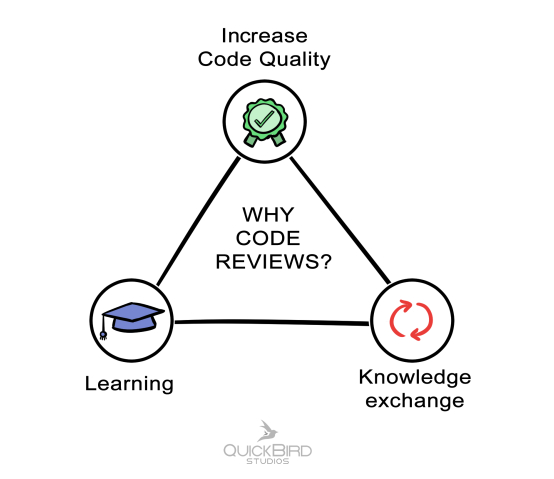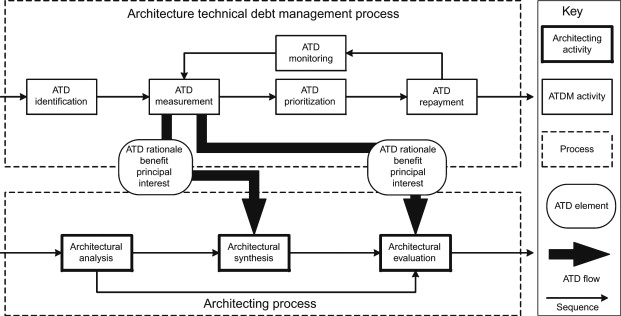Technical debt includes anything that hinders the development process. This includes both code-based and other factors that slow down software development.
Companies have to manage technical debt on a regular basis to minimize resource wastage. Development teams tend to suffer as tech debt accrues, causing friction among team members.
Compared to financial debt, technical debt accumulates due to a number of reasons beyond an organization’s control, at times.
In this article, we examine five ways to reduce existing technical debt and minimize the chances of it cropping up in the future.
To learn more via video, watch below. Otherwise, skip ahead.
5 Ways to Reduce Technical Debt
Every team accrues technical debt in a different way but bad code is the primary reason for most tech debt. That said, even clean code creates technical debt if it does not serve its function anymore.
There’s no way to avoid technical debt from all fronts. However, your aim must be to create technical debt for new features and improvements rather than bug fixing.
Technical debt arises due to the following reasons:
- Technology updates faster than the development time of organizations.
- There isn’t enough information available for engineering teams to develop a solution.
- Evolving business goals push certain projects back.
- Limited resources and strict project timelines lead to shortcuts and tradeoffs.
- Inefficient software development processes and development work reduce code quality.
- Poor software and architectural decisions cause unnecessary hurdles.
There are other reasons for growing technical debt too; it depends on your organization and industry. That said, if you utilize the following steps, it’s possible to address technical debt and minimize it in the future.
1. Focus Your Efforts on Code Reviews
One of the best ways to ensure code quality is to make code reviews a routine process. In agile development, code review is not a choice but a necessity. However, adding additional checks and steps with a proper routine makes the process more efficient.

Credits: Quick Bird Studios
Code reviews allow valuable feedback within different development teams. It also allows developers to learn from each other.
Adding checks from the general IT team, core engineering team, and engineering leaders in the organization helps. However, don’t add too many checks as that defeats the purpose and leads to more technical debt.
One thing that helps is to create a coding style guide. Providing each development team with preferred coding practices helps them to produce cleaner code.
Be sure to make use of manageable pull requests. Complex pull requests make it hard to review the code. Therefore, it’s best to break the requests into smaller ones.
2. Change Your Architecture
Choosing a flexible architecture design is crucial for seamless development. A key part of avoiding refactoring is to get a scalable and secure architecture.

Credits: Science Direct
The true cost of architecture debt extends beyond technical debt and ends up costing dollars too. That is why it’s better to do your research and find architectures that offer easy integration and good feature additions.
3. Automate Testing
Automated testing is a valuable tool for companies that work on long-term projects. Manual testing is inefficient and prone to human error.
On the other hand, automated testing runs on automated debugging cycles and various other processes that scan issues with the code in regular cycles.
In cases where companies utilize legacy code, automated tests have a much easier time weeding out issues. On top of that, they are much faster, more efficient, and more precise.
Test-driven development ensures faster delivery, a higher quality bar, and smooth feature development. It allows developers and other staff to focus on other important aspects, removing unnecessary distractions and fixing technical debt.
4. Record All Changes
An ongoing record of changes helps keep a central repository of quick solutions for potential issues. It allows teams to manage issues without having to work on them from scratch.
This record also acts as a foundation for new forms of solutions. Developers get to trace the source of a problem. In doing so, they comb through prior fixes and develop an updated fix.
It’s imperative to keep an eye out for how each change affects the main system. Adding new code has a chance of affecting other parts of the system, so it helps to keep track of what works.
As you fix bugs in the system, record them. What’s more, when you add new features, you have to consider their effect on the customer experience.
For that, developers add a feature flag, also known as a toggle. If you see your customers struggling after an update, go to your records, check the changes you’ve made, and turn off the feature that’s causing issues.
5. Adopt a Debt Maintenance Practice
It’s important to convey the technical debt of a software project to your business stakeholders. Then, consider it a part of your product strategy to address technical debt on a regular basis.
As an agile team, it’s good to make it a per-sprint task. You have to recognize how much debt you already have and the average debt accrued during a sprint.
Then, calculate the time available per team to maintain and reduce the debt. You don’t want all or none of your team’s time on technical debt management.
Doing so requires some testing before you realize the right amount of time to control future technical debt while reducing existing debt.
Start Reducing Technical Debt Today
Technical debt management is part of your software product management. Every software company in the market has some sort of technical debt.
If your backlog is full of bug fixes, user issues, and code that doesn’t work, then technical debt becomes an issue. However, if your backlog is full of potential app improvements, new features, and add-ons, that’s good technical debt. This is because your backlog shows that your code is clean, your software works, and you have a proper vision and strategy moving forward.
That said, it’s still important to have a technical debt management strategy. Otherwise, development teams don’t end up lagging behind due to an overwhelming number of tasks.
